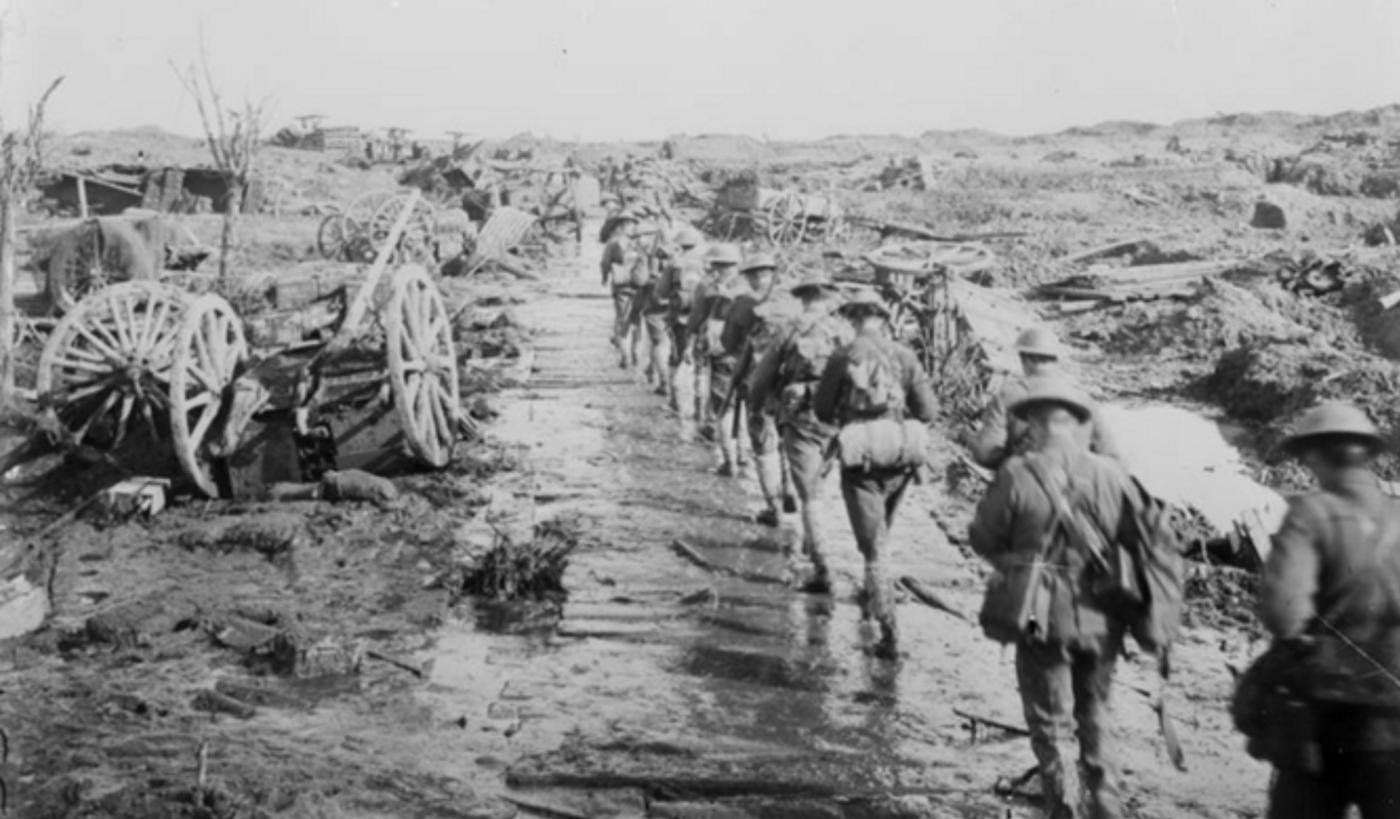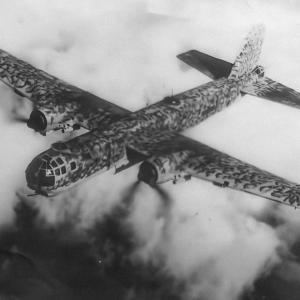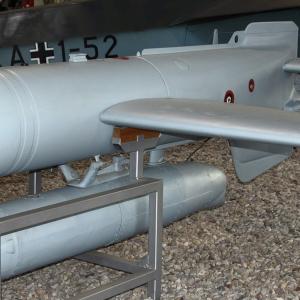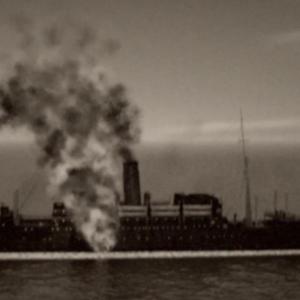
On this day in military history…
The First Battle of Passchendaele, fought on 12 October 1917, was a tragic episode within the larger Third Battle of Ypres during the First World War. Ordered by British General Douglas Haig, the operation was intended to break through German lines in Flanders and seize the village of Passchendaele, a strategic point on a ridge that had eluded Allied forces for months. The offensive was also part of a broader effort to wear down the German army and secure vital railway links in Belgium.
By October, the campaign had already dragged on for over two months in some of the most appalling battlefield conditions of the war. Heavy rains had turned the terrain into a quagmire, and the battlefield had become a waterlogged expanse of mud, shell holes, and shattered trees. Despite the worsening conditions, Haig believed that a decisive push could still be made. He ordered the assault to proceed, confident that previous attacks had sufficiently weakened German defenses.
The battle involved mostly soldiers from the British Empire, particularly the Australian and New Zealand Army Corps (ANZACs), supported by British troops. Approximately 20,000 Allied soldiers took part in the attack on 12 October, facing well-entrenched German forces equipped with machine guns, artillery, and pillboxes. The German defenders, numbering in the tens of thousands as well, had the advantage of holding the high ground and well-fortified positions.
As the attack commenced in the early hours of the morning, Allied troops advanced across a field that had been reduced to a swamp. The mud was so thick that it swallowed men, horses, and equipment. Tanks, which had been used sparingly due to the conditions, were largely ineffective. The creeping artillery barrage, designed to suppress German fire, was poorly coordinated due to communication breakdowns, and many troops were left exposed. As the infantry moved forward, they encountered fierce resistance from German machine-gun nests and were unable to gain significant ground. Some units reached the outskirts of Passchendaele village, but without adequate support, they were quickly pushed back.
Casualties were staggering. The Allies suffered an estimated 13,000 casualties on 12 October alone, with the New Zealand Division bearing the brunt—nearly 2,700 men were killed, wounded, or went missing in a single day, making it the costliest day in New Zealand’s military history. German losses are harder to quantify precisely for this specific day but were significantly lower in comparison, likely in the range of a few thousand.
In terms of military achievement, the First Battle of Passchendaele accomplished very little. The offensive failed to capture the village or break through German lines in any meaningful way. The minimal territorial gains were quickly lost or rendered useless by the conditions and German counterattacks. The operation did little to alter the strategic situation and became emblematic of the futility of attritional warfare on the Western Front.
The battle is remembered not only for its human cost but also for the grim symbolism of mud, suffering, and the seeming indifference of high command to the realities faced by the soldiers on the ground. It remains a powerful reminder of the challenges and tragedies of World War I, particularly for countries like New Zealand and Australia, whose national identities were profoundly shaped by their soldiers' sacrifices in such battles.










